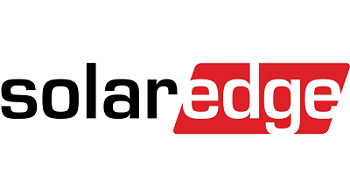

Finn's SolarEdge Inverters Review & Verdict
Finn Peacock has been a Chartered Electrical Engineer since 1998, and is ex-CSIRO
There seems to be an almost 50/50 split with Aussie installers I know, either hating them with a passion or loving them to bits.
How can this be? Threatening to sue an Aussie installer who questioned their reliability is one reason.
A history of frustrating technical service and warranty delays for some installers is another.
In their defence, although issues still persist for some, SolarEdge's attitude and technical service has markedly improved since 2023.
SolarEdge isn’t my cup of tea, but I'm happy to recommend them as a long-established brand in Australia that should do the right thing by the consumer. If you want the yield and safety advantages of optimising every panel and don't want the expense of microinverters they are your best choice.
Just don't criticise the company too much, or they may send in the legal attack dogs.
Oh shit...
SolarEdge Inverters: Pros & Cons
- Good quality units
- Ability to have very flexible arrangement of arrays due to optimisers on every panel (akin to Enphase or Huawei)
- Quite reasonable app with good UI
- Native ecosystem of accessories like battery, EV charger & hot water controller
- Hot water control has large 4.8 kW capacity
- Much improved warranty support after some historic complaints
- Much improved warranty process where installers are better paid and should be able to solve problems with one visit
- Battery hybrids are rated for solar oversizing to 200% or even more
- Tech support has been slow in the past, but has been improving - particularly over the phone
- Particular models have had numerous warranty failures
- Installers need to be well-versed in SolarEdge system design
- Some installers refer to SolarEdge as the red-headed stepchild of complexity
- No 3-phase hybrid (due to Australian electrical rules)
- Passive cooling means they don't have great thermal management & anecdotally installers observe they seem to suffer in hotter climates
- They threatened to sue my mate Mark on Christmas Eve 2018 after he criticised them.
About SolarEdge
SolarEdge Customer Service: 1800 465 567
SolarEdge is an Israeli inverter and energy storage company with a unique approach to solar inverters. Normally, power optimisers can be placed on solar panels if desired, but most installations do entirely without them. SolarEdge inverters are different, as they require a SolarEdge optimiser on every panel.
Putting optimisers on each panel provides some advantages:
- It gives installers flexibility with positioning panel arrays.
- The output of individual panels can be monitored, rather than only the system as a whole.
- Dirt or shade on one panel can be prevented from affecting the output of other panels.
- Panels can be rapidly shut down in emergencies.
- It potentially provides more energy generation over the system's lifetime.
- SolarEdge inverters can be smaller because a lot of its work -- such as the Multi Power Point Tracking (MPPT) -- is done by the optimisers.
While their approach is different, SolarEdge inverters currently have a good reputation for reliability and efficiency. They're also backed up with one of the longest inverter warranties around.
SolarEdge Is A Large Company
SolarEdge was founded in 2006 and began producing solar inverters with optimizers in 2010. While not the largest solar inverter manufacturer in the world, SolarEdge isn't a small company. As at the end of the third quarter in 2024, they claimed to have shipped:
- 5.7 million inverters
- Around 130 million power optimisers.
They also claim to have:
- 4.1 million separate PV systems connected to their internet monitoring platform.
Manufacturing Locations
SolarEdge manufactures products in Israel, Vietnam, the USA, Korea, Hungary and Romania. While one of their manufacturing locations used to be China, the firm pulled out of manufacturing in that country in 2023. As at late 2024, Australian stock comes from Vietnam, but sometime in 2025, it will come from SolarEdge's new USA factories.
Safety
Safety is a major selling point for SolarEdge. While all solar inverters sold in Australia must have a high level of safety, SolarEdge boasts they have an edge over others.
When most inverters are shut down, the cables on the roof can still have dangerously high voltage if sunlight is falling on the panels. SolarEdge's "SafeDC" feature will reduce the voltage in the cables to just 1 volt. Additionally, if a power optimiser is unable to communicate with the inverter it will automatically reduce the output from its solar panel to 1 volt.
Additionally, SenseConnect was introduced to the market a few years ago with S series optimisers that monitors all the MC4 connections on the roof for potential arcs before they happen. Arc faults can result from poor installation, bad wire crimping, or faulty, incompatible or improperly connected MC4 connectors, and have the potential to start fires.
Efficiency
The efficiency of SolarEdge inverters is excellent, with most having an average efficiency of 99%. By fixing the voltage on the roof using buck/boost optimisation, they have a wider efficiency band than a typical inverter
But this isn't the full story, as their power optimisers have an efficiency rating of around 98.8%.
Whether or not SolarEdge optimisers on panels will increase overall energy output will depend on its location and situation. If a solar system is mostly unshaded there may be no noticeable benefit. The greatest benefit is likely to be seen for solar systems with substantial shading. But even in these cases, the overall benefit is likely to be small compared to modern inverters without optimisers.
Low Nighttime Energy Consumption
At night SolarEdge inverters draw under 2.5 watts. While the benefit of this low energy consumption when the sun isn't shining is small, it still helps.
Monitoring
One advantage of having an optimiser on every panel is it lets you see exactly what is going on with your system, down to the level of individual panel output. Using the mySolarEdge app will let you see...
- The amount of power each panel is producing.
- Total solar output.
- Your home's solar power consumption.
- How much power your home is importing from the grid or exporting for a solar feed-in tariff.
As far as these things go, the mySolarEdge monitoring app is relatively easy to use. It also lets you see if all the optimisers on your roof are working, so helps avoid the problem of people not knowing if something is wrong with their system.
Even if you aren't looking at the app every day, peace of mind comes from being alerted to issues as they arise.
Hybrid Inverters For Batteries
SolarEdge produces hybrid inverters for use with batteries and sells their own battery called the StorEdge. One advantage of SolarEdge hybrid inverters is that when installed with a battery, the solar panel capacity can be up to 200% of the inverter's capacity. This is very helpful for installing a large solar system.
SolarEdge makes both single-phase and three-phase hybrid inverters. Unfortunately, at the time of writing, their 3-phase ones are unable to provide backup power during blackouts. This problem is due to Australian wiring rules, as they can provide it in other countries. Hopefully, this will be resolved in the future.
SolarEdge Hot Water Diverter
If you have a SolarEdge inverter and monitoring, you can install their hot water diverter they call the SolarEdge Hot Water Controller. This sends surplus solar energy that would normally be exported to the grid to your hot water system, provided it's a conventional electric resistance hot water system. Unlike some diverters, it will work with large 4.8kW heating elements. It only has a 5 year warranty but at the moment that's good for a diverter.
You can find its details on our Hot Water PV Diverter Comparison Table.
SolarEdge EV Charger
SolarEdge also makes a home charger for electric vehicles. It has a 3-year warranty and you can check out its details on our EV Charger Comparison Table.
SolarEdge Warranty
SolarEdge have one of the best standard inverter warranties in the industry at 12 years. If you like, you can pay to have it extended to 20 or 25 years. The optimisers have 25-year warranties.
The weak point of the SolarEdge warranty is a number of products normally required for installation only have a 5-year warranty. These include wireless communication devices and energy meters.
SolarEdge's Australian office is based in East Melbourne and they have field technicians across the country. This means they should be able to respond to any warranty issues that occur rapidly. But note that the first person you should contact if there is a warranty is the original installer. While some installation businesses -- ones we do not recommend -- may try to dodge their responsibility, they are obligated to address warranty issues.
If the original installer has disappeared, SolarEdge advises customers to contact their Australian office on the number listed at the top of this description. Alternatively, you can email them at: [email protected]. They will then arrange an installer in their network to fix the problem.
Reliability
We consider SolarEdge's current inverters to be reliable and are happy to recommend them -- despite the company earning a reputation for being prickly when it comes to well-intentioned criticism.
While we consider them dependable now, in the past SolarEdge inverters had some problems. At one point their power optimisers suffered a high failure rate. Some suggested high temperatures and humidity contributed to this, while others suggested poor installation. Whatever the reason, SolarEdge lived up to their responsibility to replace them under warranty. Any company can make mistakes, but good ones fix them. And so do good prickly ones.
Cybersecurity
Cybersecurity is becoming an increasingly important issue - even for home systems. SolarEdge considers itself a leader in this space and complies with current global cybersecurity standards - 2014/53/EU (RED), ETSI 303 645, ISO 27001. And as soon as UK PSTI and UL2941 standards are released, SolarEdge states it will be compliant.
Installer Vote Of Confidence
In SolarQuotes' Installers' Choice Awards for 2023, SolarEdge attained third place in the best inverter category.
Additional Info
You can find technical and estimated pricing information for the company's products on our solar inverter comparison page. SolarEdge is currently listed as a SolarQuotes recommended inverter brand.
If you have a SolarEdge inverter installed, please feel free to share your experience with us by hitting the "Leave a review" button above.
SolarEdge has 7 solar inverters in our database
Filter by:
SolarEdge Reviews (58)
Show Most Relevant reviews from All time
- 5 star 49
- 4 star 4
- 3 star 1
- 2 star 0
- 1 star 4
View Timeline
09 September 2025
05 June 2025
05 May 2025
13 October 2025
10 September 2025
06 September 2025
23 August 2025
23 August 2025
23 August 2025
04 August 2025
An incentive was offered by Best Green Solar for this review. Learn more here.
18 June 2025
25 May 2025
24 May 2025

























































































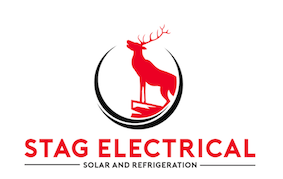


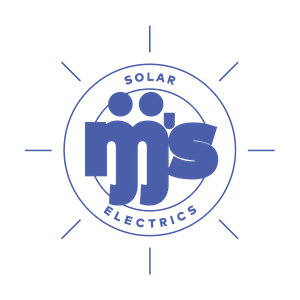
.jpg)
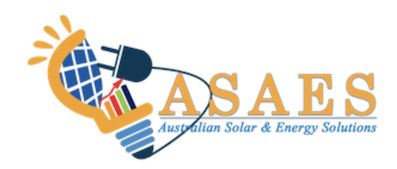


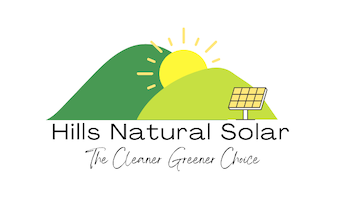
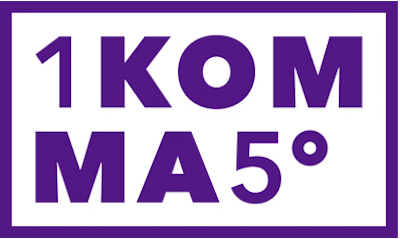
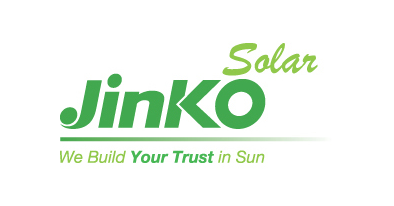
 1 (1).png)


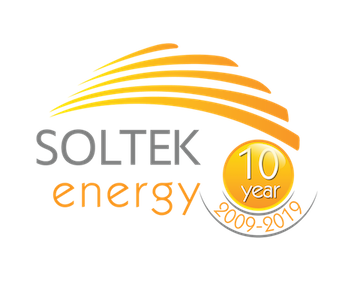



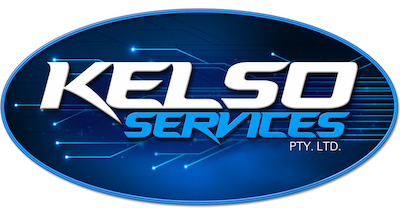
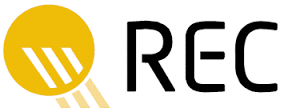
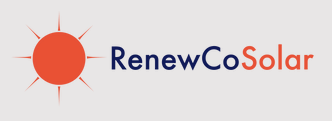
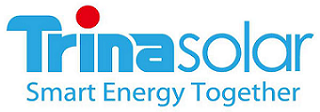
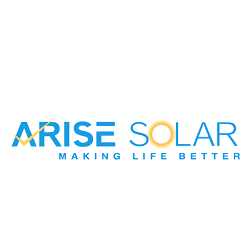
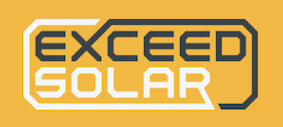

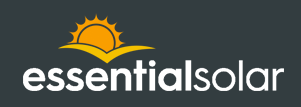



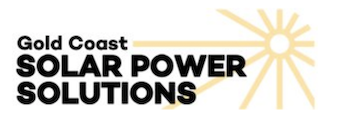

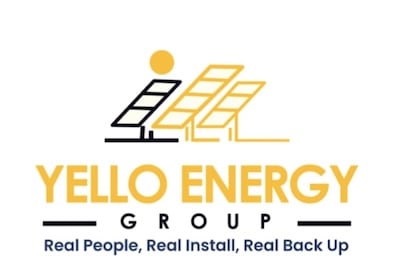
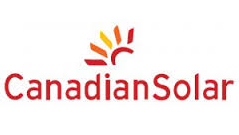
.jpg)
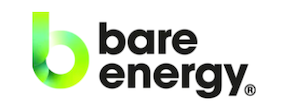


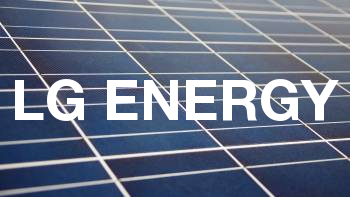

.png)

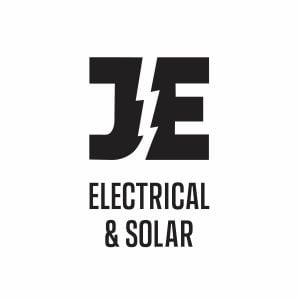
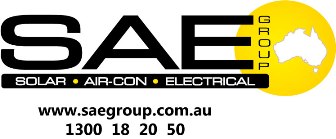
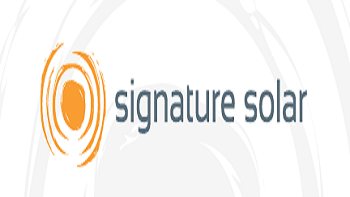
During the 8 years of use, the inverter broke down twice which required replacement. Each change does not last more then 3 years. Although they did changed the failed inverter, the whole system does not live long.
In 8th year, the panel optimiser failed, the panel stopped producing solar but there was not alert from the installer and SolarEdge. Because it is not a inverter failure, we did not notice until 6 month later. After several attempts to get help from the installer and SolarEdge, they only sent us email stated there is a software to update in order to fix the problem. The system indicated that the optimiser failed which cause zero production from the solar panels. Even though SolarEdge stated they are yet to fix the issue, no action was taken for months.
We eventually replaced the entire system with another brand. Just after we removed the old SolarEdge system, the installer sent an email:
"SolarEdge have advised that the system is showing an isolation issue and requires a technician to attend site to troubleshoot, and provide further information to them. The firmware updates did not change the site issue.
Diagnostic site visits are not covered under your OEM warranty, and as your system is over 5 years old, you are now responsible for these costs."
The cost of entire system does not save us money for the lifespan of solar panel and inverter system.
I would not recommend anyone to install a SolarEdge system.